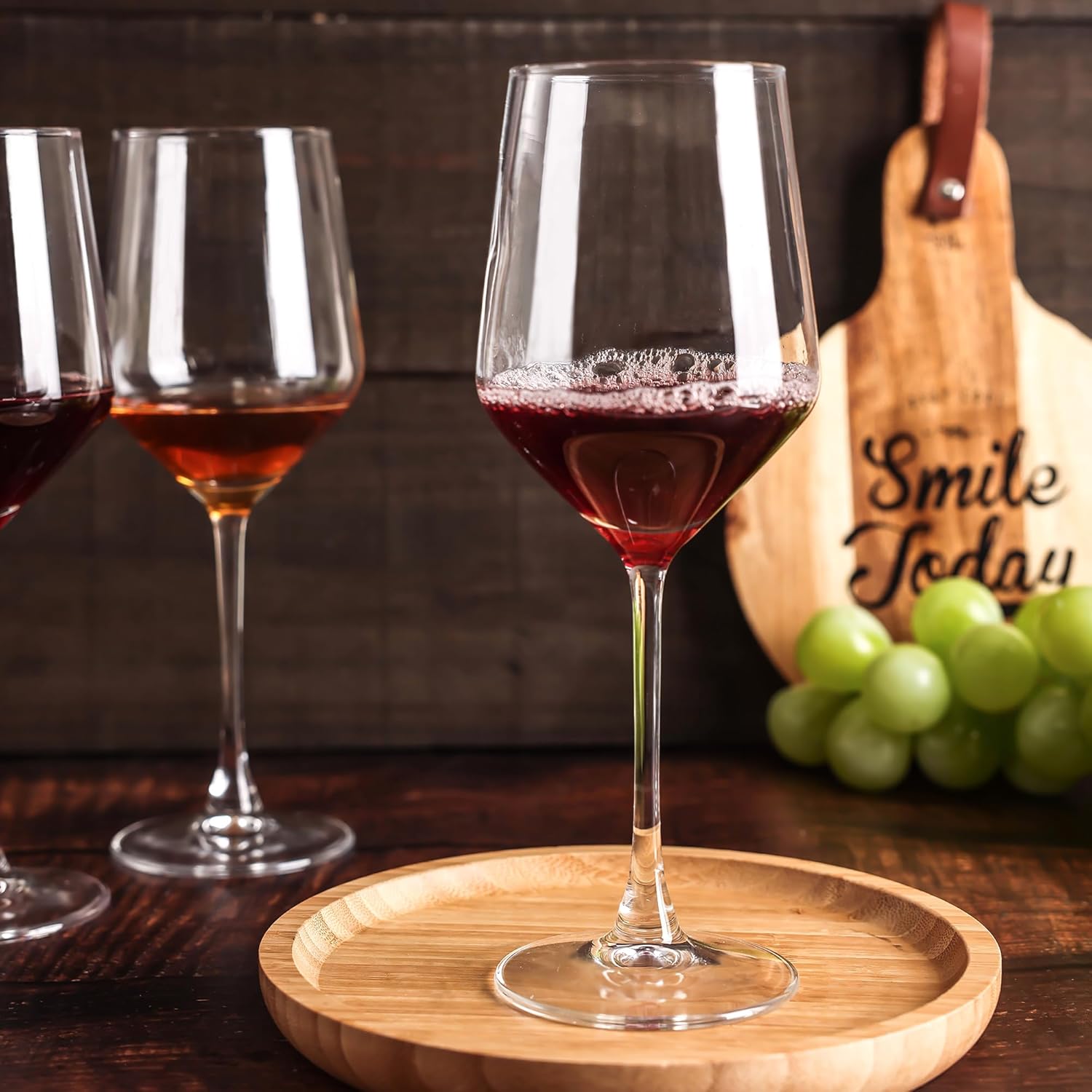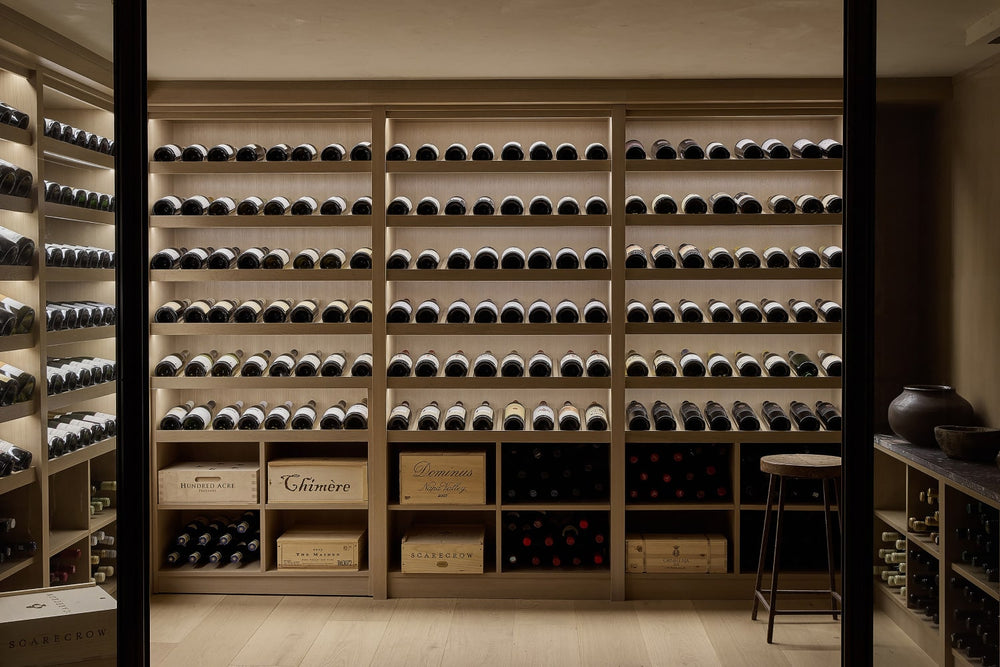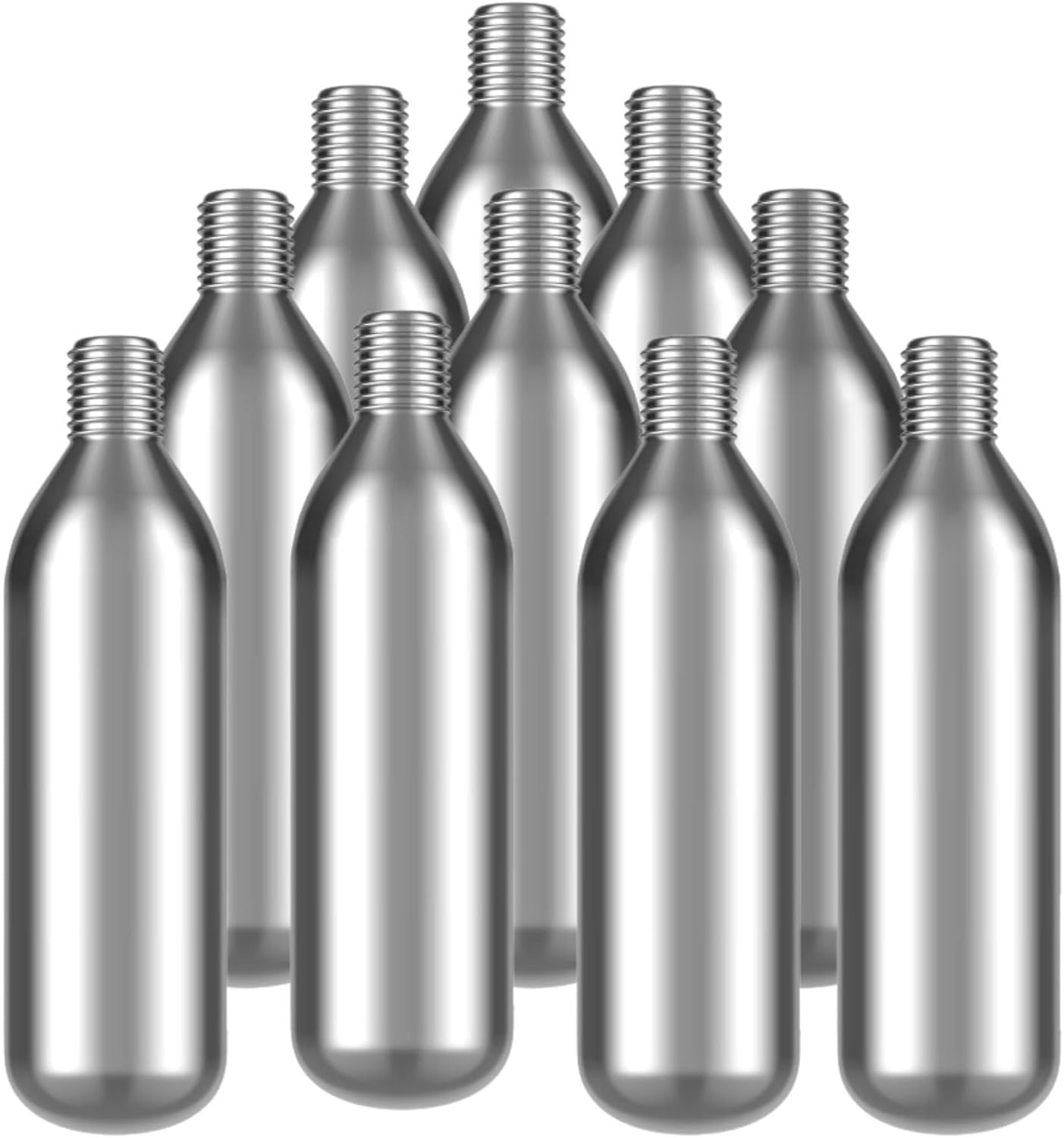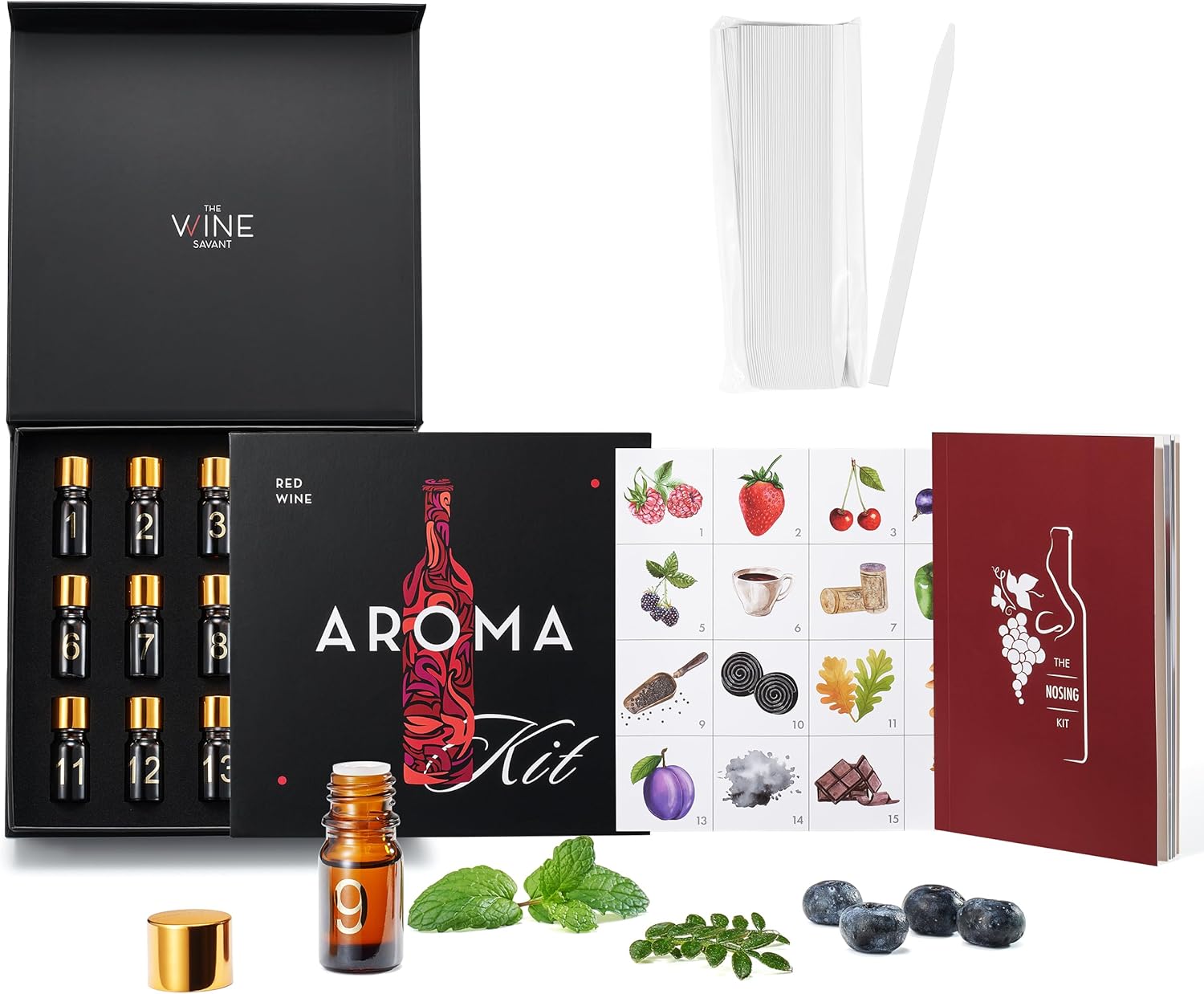A-Z Wine Dictionary
Your ultimate guide to the world of wine terminology. Search for a term or jump to a letter.
A
Acidity
A key component that gives wine its tart and crisp character. Acidity makes your mouth water and helps wine pair well with food.
Aeration
The process of deliberately exposing wine to oxygen to soften its flavors and release aromas, often done with young, tannic red wines.
B
Body
The impression of weight and viscosity of the wine in your mouth. Wines are typically described as light-bodied, medium-bodied, or full-bodied.
Brut
A term used to describe the sweetness level of sparkling wine. Brut is a dry style, with very little residual sugar.
C
Cellaring
Storing wine for aging purposes, ideally in a cool, dark place with stable temperature and humidity to allow it to mature.
Corked
A term for a wine contaminated by cork taint (TCA). It results in undesirable aromas resembling musty cardboard or a damp basement.
D
Decanting
The process of pouring wine from its bottle into a separate container (a decanter) to separate it from sediment and to aerate it.
E
Enology
The science and study of all aspects of wine and winemaking, from the grape to the bottle.
F
Fermentation
The process where yeast converts the sugar in grape juice into alcohol and carbon dioxide, turning it into wine.
M
Malolactic Fermentation
A secondary fermentation in which tart malic acid is converted to softer, creamier lactic acid. Common in red wines and some white wines like Chardonnay.
N
Nose
The aroma or bouquet of a wine. “Nosing” a wine involves smelling it deeply to identify its various scents before tasting.
O
Organic Wine
Wine made from grapes grown without artificial or synthetic chemicals, such as herbicides and pesticides.
P
Punt
The indentation at the bottom of many wine bottles. It adds structural integrity and helps collect sediment as the wine ages.
R
Residual Sugar (RS)
The amount of natural grape sugar that remains in the wine after alcoholic fermentation stops. It determines the sweetness of the wine.
S
Sommelier
A trained and knowledgeable wine professional, typically working in fine restaurants, who specializes in all aspects of wine service.
T
Tannin
A naturally occurring polyphenol found in grape skins, seeds, and stems. It creates a drying sensation and adds structure and aging potential to wine.
U
Ullage
The empty space in a wine bottle or barrel between the wine and the cork or lid. An excessive amount in an old bottle can indicate poor storage.
V
Vintage
The year in which the grapes for a particular wine were harvested. A ‘non-vintage’ (NV) wine is a blend of wines from different years.
W
Weight
Similar to ‘Body’, it describes the sensation of richness, fullness, or viscosity of a wine on the palate.
Y
Yeast
Microscopic fungi that are responsible for converting sugar into alcohol during fermentation. Can be either cultured or naturally occurring (wild).
Z
Zinfandel
A popular red grape variety in California, known for making a wide range of styles from robust red wines to semi-sweet rosé (White Zinfandel).
























